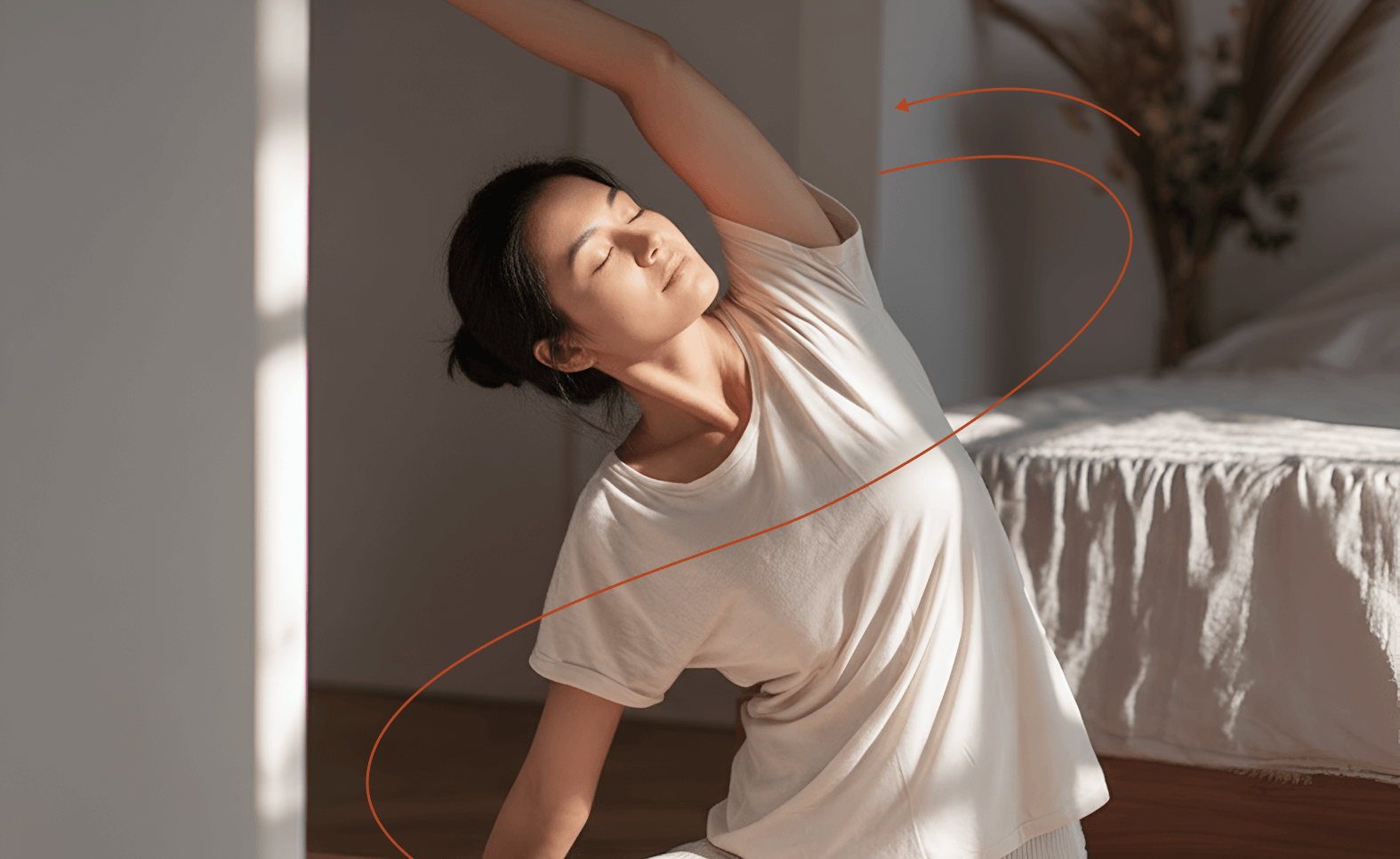Evaluation of 3D Movement Method Effectiveness for Proprioceptive Enhancement Using Low-Tech Tools in a Midlife Woman: A Single-Case Study

Research Aim
This study aimed to evaluate the effect of the 3D Movement Method intervention on proprioceptive function in a midlife woman and to examine the feasibility of paired, low-tech self-evaluation tools.
Study Format
A single-case design was employed with a 48-year-old woman familiar with the method. She completed a 7-day individualized intervention featuring four foundational exercises. Proprioceptive function was assessed before and after the intervention using two expert-scored functional test batteries. Supportive measures included somatic screening, daily body mapping, participant self-ratings, and independent expert ratings of video recordings.
Key Benefits Reported
The intervention was associated with improvements in postural control, coordination, and alignment, as measured by expert ratings and qualitative analysis. The participant’s self-ratings increased but demonstrated a persistent optimistic bias relative to expert scores, particularly on proprioceptively demanding tasks. Somatic screening and body mapping indicated enhanced segmental awareness and greater whole-body coherence, with limited affective content.
Conclusion
The 3D Movement Method shows promise for supporting short-term proprioceptive gains through home-based practice. However, the observed disconnect between self-evaluation and expert assessment highlights a need to integrate structured external feedback with low-tech self-monitoring tools. Future research should refine assessment rubrics, include broader interoceptive and affective prompts, and test efficacy in a larger, more diverse sample.



